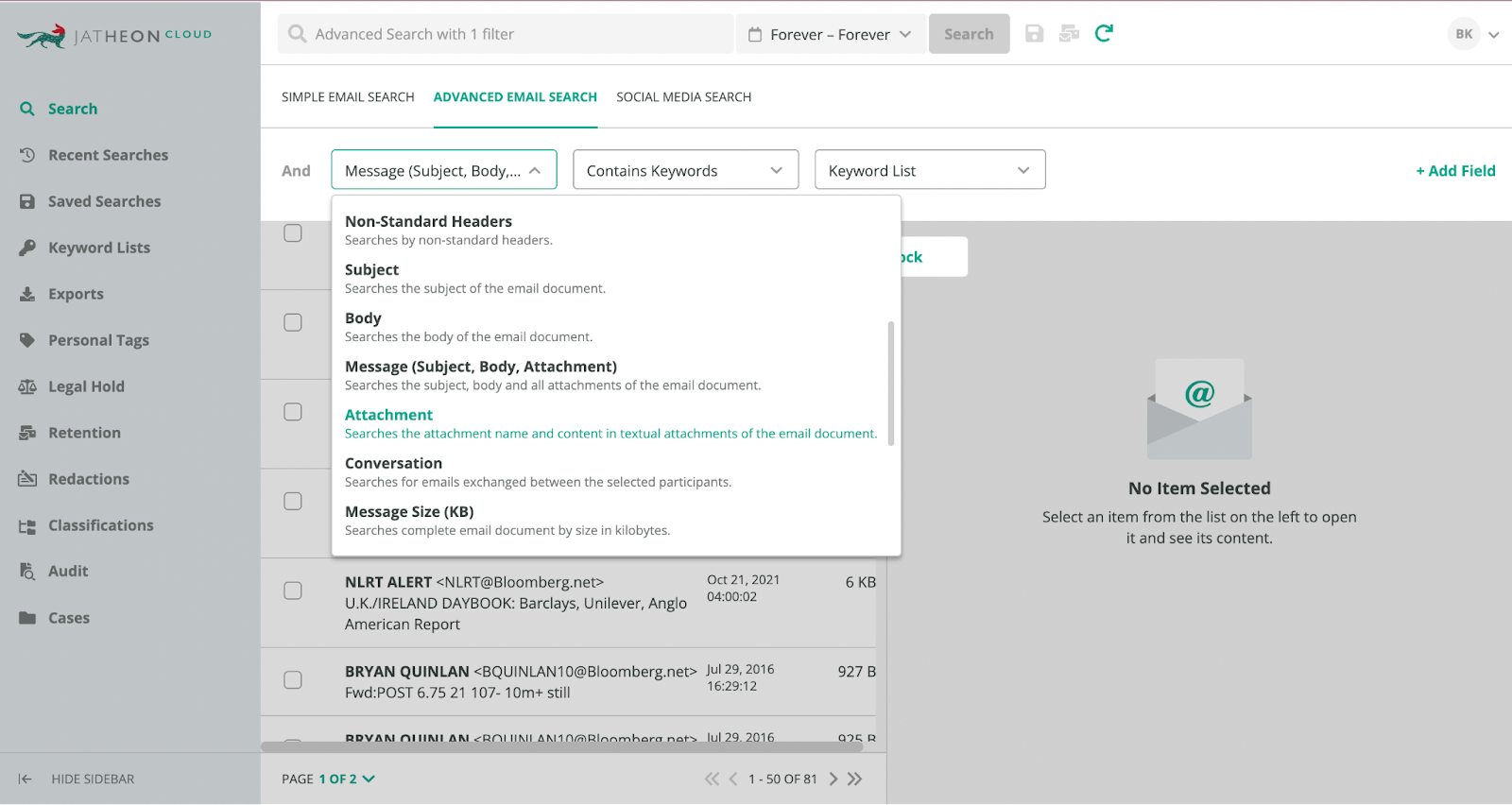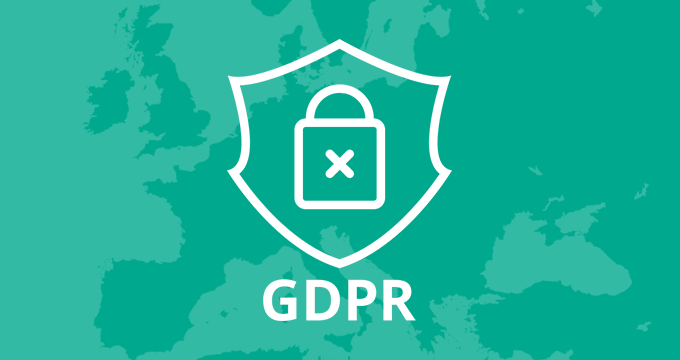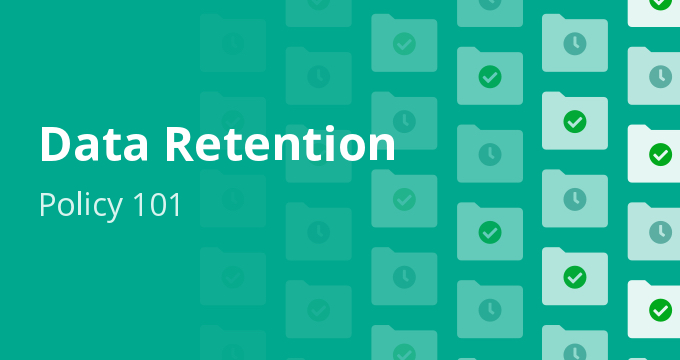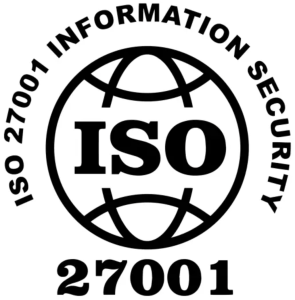Data is the driving factor behind almost all modern businesses, which makes it an invaluable resource to keep safe and operational.
The costs of business downtime due to data loss can easily exceed $300,000 for a single hour of downtime.
To circumvent this, businesses have recognized the need for data loss prevention policies and systems that protect their data.
In this article we’ll cover:
- The definition of a data loss prevention (DLP) policy and its components
- Five common causes of data loss.
- How to create your DLP policy in 9 simple steps.
- Data loss prevention best practices.
What Is a Data Loss Prevention (DLP) Policy?
A data loss prevention policy (DLP Policy) is an organization-wide strategic approach to ensuring sensitive and critical information is secure from potential loss, misuse, or access.
DLP encompasses a wide range of tools, processes, and procedures designed to identify, monitor, and protect data across various platforms.
Data loss prevention policies are essential components of a cybersecurity strategy that help minimize risks, financial loss, legal consequences, and reputation damage resulting from data breaches or server failures.
Components of a Data Loss Prevention Policy
Each DLP policy is different, depending on the needs of a specific organization and the data they’re processing and retaining. However, there are certain elements a DLP must have.
These elements include:
- Data types — This part of the policy should outline all the data types the organization is storing and which need to be monitored and protected.
- Encryption requirements — The specific encryption standards that must be followed to protect data from unauthorized access.
- Access controls — A set of rules on who can access which data and under what conditions.
- Data handling procedures — This part specifies the processes for the creation, transfer, storage, and sharing of data and mandates that they be followed across the organization.
- Monitoring processes — Outlines which data will be monitored and using what systems, specifying the exact channels and databases.
- Reporting mechanism — Details the ways employees can report a potential breach or a suspected violation of the DLP policy.
- Incident response plan — Outlines the actions that need to be taken in the event of a data breach.
- Data loss prevention software — Lists the software used to protect an organization’s data.
- Process documentation — Ability to maintain records of access logs, incident reports, and policy violations.
A DLP policy should not be a static document; you should review it occasionally to optimize your organization’s security posture.
It needs regular updates and reviews to adapt to new data types, evolving technologies, and emerging threats.
Most Common Causes of Data Loss
A Cisco survey discovered that 48% of organizations detected malware activity on their systems and 83% of organizations experienced data breaches.
These are staggering numbers that put a huge emphasis on discovering the root cause of data loss.
Although data loss can happen for various reasons, the five most common are:
Hardware failure
There are many ways in which both consumer and enterprise-grade hardware can fail and it is hardware failure that accounts for more than 40% of data loss cases.
Some of the most common causes of hardware failure include impact damage, electrical spikes, electrostatic discharge, dust, overheating, hard disk degradation, and head crashes.
The human factor
The human factor is still the most common cause of data loss, resulting in 64% of downtime events.
Be it recklessness, inadvertent sharing of sensitive data, theft, falling for phishing attacks, or corporate espionage, human error comes in almost infinite shapes and sizes and can’t be fully mitigated.
Ransomware
According to Express VPN, cyber-attacks cost the whole world over 8 trillion dollars in 2023 with this number expected to cross 9.5 trillion in 2024 with each consequent year increasing in severity.
Ransomware attacks are serious as hackers can delete entire databases of information if victims refuse to pay which can put businesses in a tight spot.
The problem lies in the downtime that the hackers hold the data hostage making it impossible for business to run normally.
For instance, healthcare organizations had an average of 18.7 days of downtime due to ransomware attacks limiting their access to patient data.
Even government agencies aren’t safe. In 2023 the City of Dallas experienced threats of hackers exposing the personal information of 30,000 citizens.
These demands keep getting higher every year, for instance, The LockBit group was demanded $80 million not to leak their data making it the third highest demand ever.
Natural disasters
Although not too common, natural disasters account for around 5% of all data losses if they hit hard enough.
Just to put it in perspective, the 2023 Atlantic hurricane season was hit by 20 named storms which was more than the average 14. The increase in hurricane disasters has affected many businesses causing $4 billion in damages.
These hurricane seasons also cause huge power outages which result in 35% of unexpected downtime.
Together with fires and floods affecting data, you need to be prepared for any type of disaster.
The tricky part of natural disasters is their unpredictability and the severity of the damage your databases can endure.
Some disasters only lead to downtime, while others can destroy entire data centers, factories, and businesses.
Power outages
They don’t happen often, but they can leave you without data. Both power cuts and sudden changes in voltage may easily damage hardware (hard drives are especially vulnerable).
Power outages can happen for various reasons, from natural disasters to powerline maintenance, human error, and many more.
How To Create a DLP Policy in 9 Simple Steps
Creating an effective Data Loss Prevention (DLP) policy is a strategic process requiring a specialized group of people from different departments like IT, security, and legal.
It’s important to tailor the DLP policy to your organization and its needs and challenges.
The creation process can be split into nine steps:
- Risk Assessment and Compliance Review — Conduct a thorough evaluation of potential data threats, previous data loss incidents, and vulnerabilities within your systems. Simultaneously, study the legal and regulatory DLP requirements, both general and industry-specific, to ensure full compliance.
- Classify Your Data — Identify the various types of sensitive data owned by your organization like PHI, PII, or IP. Determine where the data is stored and create a data inventory and categorize all of these types to better understand how it must be secured.
- Development Security Measures — Implement access controls that vary based on the sensitivity of the data types. Apply appropriate security technologies, including encryption, firewalls, and anti-malware software, tailored to the needs of different data categories.
- Establish Data Management Protocols — Define clear policies for data archiving, retention, and disposal, with a particular focus on sensitive data.
- Develop Incident Procedures — Create a set of standard operating procedures for managing suspicious activities and steps for responding to data breaches.
- Inform All Stakeholders — Communicate the DLP policy to all employees and administrators about the importance of data security. Conduct training for staff on adhering to DLP guidelines.
- Assess Your Vendors — Inform any third-party service providers about the changes to your DLP policy and establish new criteria for further business.
- Implementation Monitoring — Invest in monitoring systems that can detect suspicious activities.
- DLP Reviews — Regularly review and test the DLP policy to ensure its ongoing effectiveness and make necessary adjustments to keep it up to date.
By integrating these steps, you can effectively create a data loss protection policy that not only protects sensitive data but also aligns with compliance requirements.
5 Data Loss Prevention Policy Best Practices
After creating and implementing your DLP policy you should feel much more safe when it comes to your organization’s data.
However, there’s always room for improvement and you should take these DLP policy best practices and start implementing them.
Implement data backups
While preventing any data loss is the end goal, even the best systems can fail and you can lose your data.
Data backups ensure that critical data is recoverable in case of any incident and that you can minimize downtime and damage.
Develop a backup plan to ensure regular backups and protocols for effective data recovery.
Archive your communications data
It’s important to know that regulatory compliance laws require you to archive all of your email, social media, and mobile communications.
Implementing cloud archiving software like Jatheon allows you to archive all incoming and outgoing emails and messages automatically while bypassing the inherent disadvantages of hardware systems, which are prone to malfunction and can be damaged in hurricanes and floods
Along with their advanced ediscovery capabilities, your organization can easily find any type of data in case of legal cases or open data requests.
These types of systems make sure your data is backed up and ready to be redeployed as it is hidden in the cloud, away from your main databases.
Implement user behavior analytics
Deploy advanced analytics tools to monitor and analyze user behavior patterns.
By understanding normal behaviors, these tools can effectively flag unusual activities that might indicate a security breach or non-compliance with DLP policies.
These tools allow you to spot patterns like password sharing, clicking on external links, or suspicious messages, allowing you to act upon a potential breach before it happens.
Hire external security
After creating your DLP policy, consult with external teams specializing in security and implement the changes they suggest.
Taking it a step further, conduct security tests by allowing specialized companies to try and breach your business helping you understand potential vulnerabilities in your system.
Implement endpoint security
Devices like laptops, smartphones, and tablets are often used outside of the organization which makes them vulnerable to cyber-attacks.
Endpoint security solutions help you detect and prevent any unauthorized access to sensitive data on these devices.
It’s important to understand that these devices present huge threats to your security and that they need to be put in check.
Conclusion
Implementing a robust Data Loss Prevention (DLP) policy is essential to protect sensitive data and maintain compliance.
The journey involves understanding what DLP is, recognizing its necessity, crafting a tailored policy, and adhering to best practices.
DLP is not a one-time task but a continuous process to safeguard your organization’s valuable data.
By taking proactive steps in DLP implementation and improvement, you fortify not just your data security, but also the trust and integrity of your entire organization.
Stay compliant with all data retention regulations with Jatheon’s archiving solution allowing you to archive all communication, perform ediscovery, and protect your data.
Read Next:Data Retention Policy Explained – A Comprehensive Overview How to Protect Your Business Data in 5 Simple Steps What Is Data Archiving? Definition, Benefits, and Best Practices |
FAQ
What are the 3 types of data loss prevention?
The three data loss prevention types are network DLP which monitors data in motion, storage on endpoint DLP which protects data at rest in databases and other storage systems, and endpoint DLP which protects data on individual devices.
What is an example of a data loss prevention policy?
Examples of data loss prevention policies may include restricting the use of USB devices, preventing access to certain websites, preventing data sharing over personal devices, encrypting certain types of data, or conducting regular security checks.
What is the difference between DLP and EDR?
DLP focuses on preventing data breaches and leaks by controlling and monitoring data at rest and data in use while EDR (Endpoint Detection and Response) focuses on detecting and responding to cyber threats on endpoints like desktops, phones, or servers.
Who is responsible for data loss prevention?
The IT department and its employees are mainly responsible for DLP. IT teams usually have specific personnel responsible for data protection along with dedicated processes and technologies used to safeguard data.












